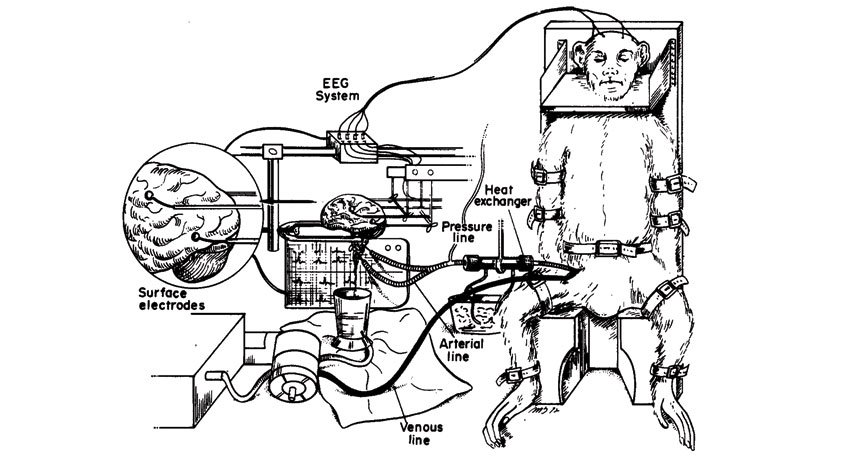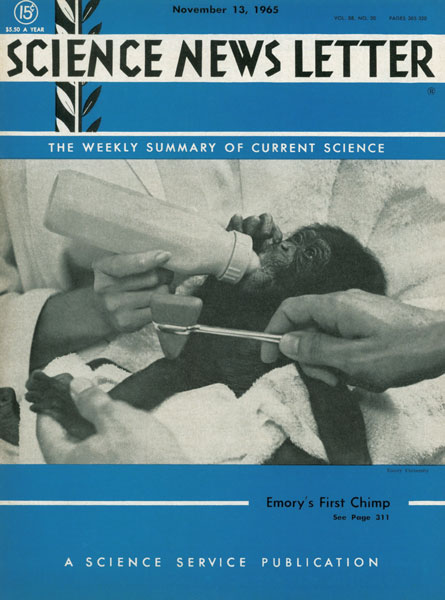1960s dog brain transplant was not followed by human studies
Researcher who did canine work went on to transplant monkey head

BRAIN SCHEMATIC A 1975 schematic shows how neuroscientist Robert J. White kept a donor monkey brain “alive” while connected to a recipient’s body.
R.J. White/Resuscitation 1975
 Dog brain transplanted — Dog brains have been successfully transplanted for the first time in medical history. Dr. Robert J. White and his team of scientists at Cleveland Metropolitan General Hospital … believe this accomplishment has opened the way to treatment of brain tumors, cancerous growths and a better knowledge of the cause and treatment of multiple sclerosis.The transplant … acted as a second brain in the animal’s neck. —
Dog brain transplanted — Dog brains have been successfully transplanted for the first time in medical history. Dr. Robert J. White and his team of scientists at Cleveland Metropolitan General Hospital … believe this accomplishment has opened the way to treatment of brain tumors, cancerous growths and a better knowledge of the cause and treatment of multiple sclerosis.The transplant … acted as a second brain in the animal’s neck. — 





